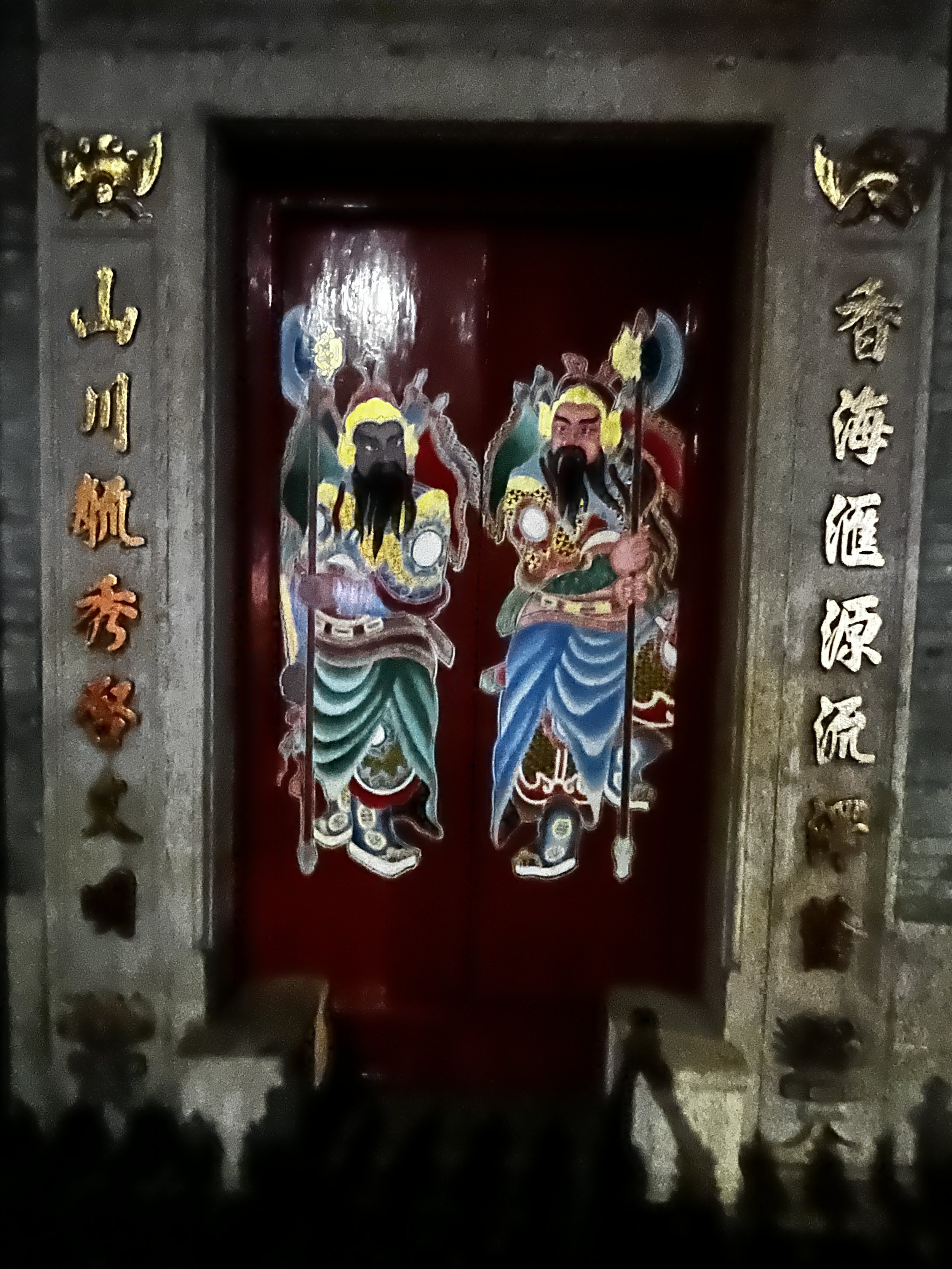Penang
Situated in the Straits of Malacca, Penang Island is where modern luxury meets old-world charm
Peranaken culture rubs shoulders with Little India downtown: a kaleidoscope of colours, fabrics and aromas, amid background sounds of Hindu and Chinese temples and Muslim mosques. French, Chinese and Italian restaurants share space with Malaysian street hawkers and to-die-for bakeries while delightful cafés are never far from fun bars where live music pulsates into the night. This vibrant atmosphere, the cultural depth in spirituality and art, the beaches and rainforest northwest, friendly locals and the welcoming expat community has made the island my home-away-from-home since 2017. The population of Penang Island is mixed and comprises Malays, Chinese and Indians with a significant number of expatriates from around the globe. Many locals are, at the very least, bilingual and English is widely used. There are restrictions for Muslims, such as the consumption of alcohol, but this does not apply to others. Nevertheless, respectful behaviour is expected as this is an Islamic state.
My last visit was for the month of November 2022, and there were signs that Penang, like most places, had suffered during Covid lockdowns. I noticed quite a few traditional shopfronts up for sale – the result of businesses having failed. As (shamefully) usual, the people who suffered most were the poor. The trishaw riders were hit especially hard in the absence of tourists. Nevertheless, by November Penang was mostly back to its vibrant self and it felt like ‘normal’ once again. I must have a thousand images, but have selected these to give you a ‘feel’ for a place that’s easy to call ‘home’. Just when I think I’ve experienced most of it, something captivating happens out of the blue; a wedding couple in a Peranaken Museum let me take their photograph, the highlight of my day.
Images: The interiors are inside the Peranaken Museum on Church Street and one shows the bridal couple in red ascending the staircase. The lane strung with umbrellas connects streets in George Town’s tourist precinct. Other images are of Chinese family (clan) temple entrances, a Hindu temple, the famous Blue Mansion restaurant, trishaws still awaiting their most ardent fans from mainland China, heritage shop fronts, sample of the many wet markets that sell fresh produce, and one of the Indian clothing shops I regularly haunt.
One reason Malaysia has been so popular for retirees is the 10-year renewable Malaysia-My-Second-Home Visa (MM2H). It’s requirements regularly change and the expat community willingly steers interested newcomers to agencies that facilitate the acquisition of these. Since the program began in 2002, (to generate foreign income) 40,000 applications have apparently been approved. The catch is (for those 50 or older) that you need to either prove an off-shore monthly government pension of at least MYR10K, (AU$3,369) or open a fixed deposit account in Malaysia (that you can only access under certain conditions, or at the end of the ten years, or if you leave the country earlier. My recent enquiry revealed the sum to be MYR350K (AU$117,945). These amounts change, so it’s important to check. In 2017, when I first spent time in Penang, these amounts were almost half. Needless to say, when the amount increased, many retirees on pensions (especially Australians) had to leave the country. Those wishing to work in Malaysia, require a work visa. The visa on arrival is for three months and I’ve always been happy with that. Many ‘residents’ have this visa and do visa hops to nearby countries to renew it. However, the government takes a dim view of this and if it’s thought you’re abusing the system, your re-entry may be difficult. (I leave many months between visits so that’s never a problem.)
While on this subject, the accommodation styles and prices in Penang vary greatly from dirt cheap backpackers through small inexpensive boutique hotels and affordable apartments to larger international hotels offering resort-style facilities right through to huge luxury multi-bedroom apartments. The prices fluctuate seasonally and ‘specials’ are frequently on offer. If you book together with a flight, there’s often a substantial discount (so, there’s no point listing changeable prices here as they are updated by booking sites online).
Images: high rise apartment blocks now typical in Penang, rental apartments, repurposed colonial architecture, traditional shopfronts, three of Penang’s main mosques, a church, one of my favourite boutique hotels, the East India Mansion (the dilapidated home of a wealthy 19th century merchant, faithfully restored and transformed into a hotel), a Burmese Temple, the view from many hotels and apartments along Gurney Drive heading west from George Town, and a low-rise residential area seen from a nearby high-rise.
The main areas where expats live – or stay when visiting – are along or near Gurney or Kelawei Drive with access to the two enormous air-conditioned shopping malls (Gurney and Paragon), a plethora of eateries and an extensive wet market for those who prefer to cook. A favourite early morning activity for me is to buy a couple of banana pancakes for less than the cost of a Snickers bar back home from a guy who cooks them in the back of his van, and then eat them in the adjacent hawkers’ dining area inside the Pulau Tikus wet market where all the locals eat and meals and a cup of coffee can be bought for small change. Some people venture further afield to the residential complex called Quayside. If you have a car, Tanjung Bunga is also a favourite spot with many hotels and apartments. Those who wish to be closer to beaches (and don’t mind the long, single lane drive or bus ride into town), head west to Batu Ferringhi. I’ve stayed in most areas and sampled all styles of accommodation. I mix and match the inexpensive with a week here and there under an upmarket ‘roof’ with a bath. I prefer being as close to central George Town as possible (the Southern Boutique Hotel, corner Leith and Muntri, was a good affordable choice last time) because that’s where most of the music is (Mike’s in Love Lane and China House in Beach Street), so too, the best curries in Little India, not to mention delicious street food at night near the corner of Chulia Street and Love Lane. One evening, a local vocalist and his guitarist buddy (who I’ve listened to on many visits) suddenly gave a rendition of Queen’s Bohemian Rhapsody so true to the original – it left me speechless and in utter disbelief that such a performance from just two people was even possible. I really enjoy the music scene in Penang. There’s something on somewhere almost every night.
Images: Penang’s lively music scene: the duo who performed Bohemian Rhapsody, street art, and ‘slow’ traffic, one of the wet markets, a batik factory offering classes, and fishing boats on the island’s western, less populated coast, some of the 15,000 butterflies flying free at Entopia Butterfly Farm (that supplies the world with pupa) and a hungry ancient resident at “Art and Garden” where many sculptures are offset against a lush floral landscape.
One of Penang’s attractions has been its street art on the exterior walls of buildings around the centre of George Town. They’re paintings of people – often kids - with depth perspective so life-like, that from a distance they look like real people especially when they have props attached like a swing or a bicycle. Sadly, on this last visit, I noticed that mould was slowly consuming some of the paintings.
A Lithuanian artist, Ernest Zacharevic, was just passing through Penang back in 2012 when he started painting Penang’s street art. No one stopped him, so he continued and before he knew it, four years had passed while he visa-hopped every three months. Despite the fact that his work had such a positive impact on Penang’s tourism, one day, immigration just didn’t let him back in. When his supporters complained, the state thought it would fix the problem by getting local artists to continue the wall art he’d started, and then in 2014, they invited a Russian Artist, Julia Volchkova, to paint some extraordinarily beautiful murals in different parts of the island. Other artists have produced street art made from metal that’s bent and fixed to walls in the shape of famous Penangites within scenes of their professions like cobbler or chef as in the image above. The Tourist Offices give out maps that show in which streets the art is located. There are also free guided walking tours.
To sum up: Penang is really worth a visit for its rich culture and its spectacularly varied scenery. Forested Penang Hill (reached by funicular) contrasts against simple fishing villages serving fresh catch at open-air eateries. Ultra-modern, up-market shopping malls do business not far from traditional shopfronts. A ten minute walk will have you exploring a stunning Islamic mosque, then Hindu or Chinese temple and further along, a Christian church near impressive colonial architecture. From a world reknown butterfly farm to stunning Peranaken Museum (displaying the heritage of the Straits Chinese) to street- and fine dining and music galore, there’s always something to do in Penang. For those intending to settle, there’s a plethora of clubs and social groups as well as easy access over bridges or ferry to the mainland. For a weekend get-away, its only a forty-minute flight to the forested Island of Langkawi with its wonderful beaches and quiet, laid back lifestyle.
Images: A weekend trip to Langkawi where the sunsets are spectacular and the white beaches come alive at night. The environment is relatively undeveloped leaving the waterfalls, the mangrove swamps and hundreds of cheeky monkeys in peace and quiet.

































































